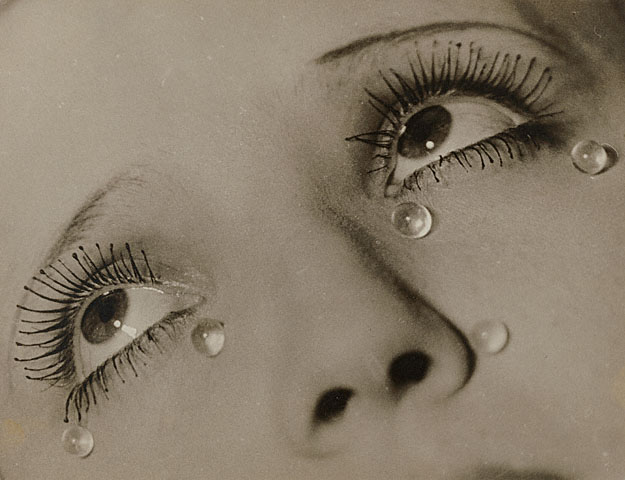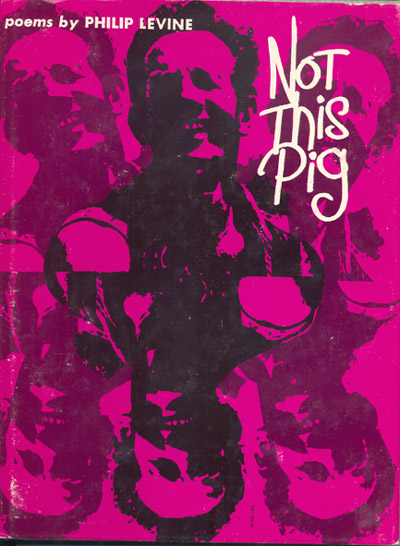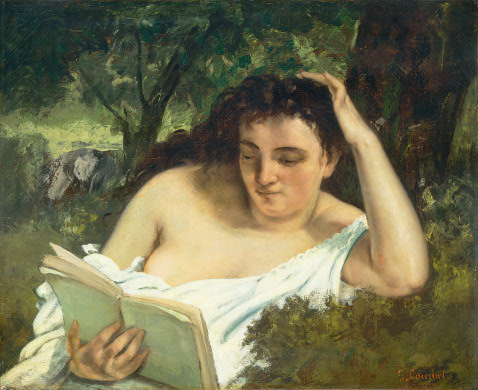
I admit it. When I compared Man Ray’s “Emak-Bakia” to Avatar the other day, I was listening to the crasser angels of search engine optimization. You know, the ones that tell you to forget everything you ever learned about writing clever magazine headlines. Just pack every Google ad word you can into the blog title. So I threw in Avatar and nothing happened.
Then I heard two different radio stories that confirmed the connection, as obscure as it may be. The BBC World Service arts and culture show, The Strand, had an interview about The Subversion of Images, an exhibition of 400 Surrealist photographs at the Centre Pompidou in Paris. That title says it all, but Michel Poviert, Professor of contemporary history of photography at the Sorbonne, added this solemn tidbit: Man Ray was drawn to Paris for its “morally transgressive sexuality.” That may be true, but I don’t think Man Ray would have said it that way.
Next came a high-minded but hip conversation between two reporters on NPR who noted that Avatar is completely derivative once you strip away the special effects. They deconstructed it to its sources and found “the ultimate mash-up of colonialist fantasies” (think Dances With Wolves). I was impressed by this summation of master tropes in colonialist narrative:
Outsider wants to be the native…Outsider wants to save the natives. Outsider becomes king of the natives.
That’s pretty heavy stuff for NPR. I figured, if they can make a stretch like that to plug one more Avatar story, I can compare the overhyped blockbuster to “Emak-Bakia..” I’m not prepared to pass judgment on Ray’s silent films – yet – but I know his photography was never derivative.
About the image: Man Ray. Tears. 1920-32. [Source: Getty Museum/via Context Blog]. According to notes by the Getty Museum:
Like the emotive expression of a silent screen star in a film still, the woman’s plaintive upward glance and mascara-encrusted lashes seem intended to invoke wonder at the cause of her distress. The face, however, belongs not to a real woman but to a fashion mannequin who cries tears of glistening, round glass beads; the effect is to aestheticize the sentiment her tears would normally express. Man Ray made this photograph in Paris around the time of his breakup with his lover Lee Miller, and the woman’s false tears may relate to that event in the artist’s life.
![gustave_caillebotte_paris_street_rainy_day Gustave Caillebotte. Paris Street, Rainy Day (La Place de l’Europe, temps de pluie). 1877. Oil on canvas. Art Institute of Chicago. [Source: Wikimedia Commons]](../wp-content/uploads/2009/02/gustave_caillebotte_paris_street_rainy_day_1877_wiki.jpg)
![Fog at Isle Royale [Source: wildmengoneborneo.com] Fog at Isle Royale [Source: wildmengoneborneo.com]](../wp-content/uploads/2008/04/isle_royale_fog.jpg)
 If there is an emerging genetic underclass, I could run for class president or class clown. Read more in
If there is an emerging genetic underclass, I could run for class president or class clown. Read more in 
